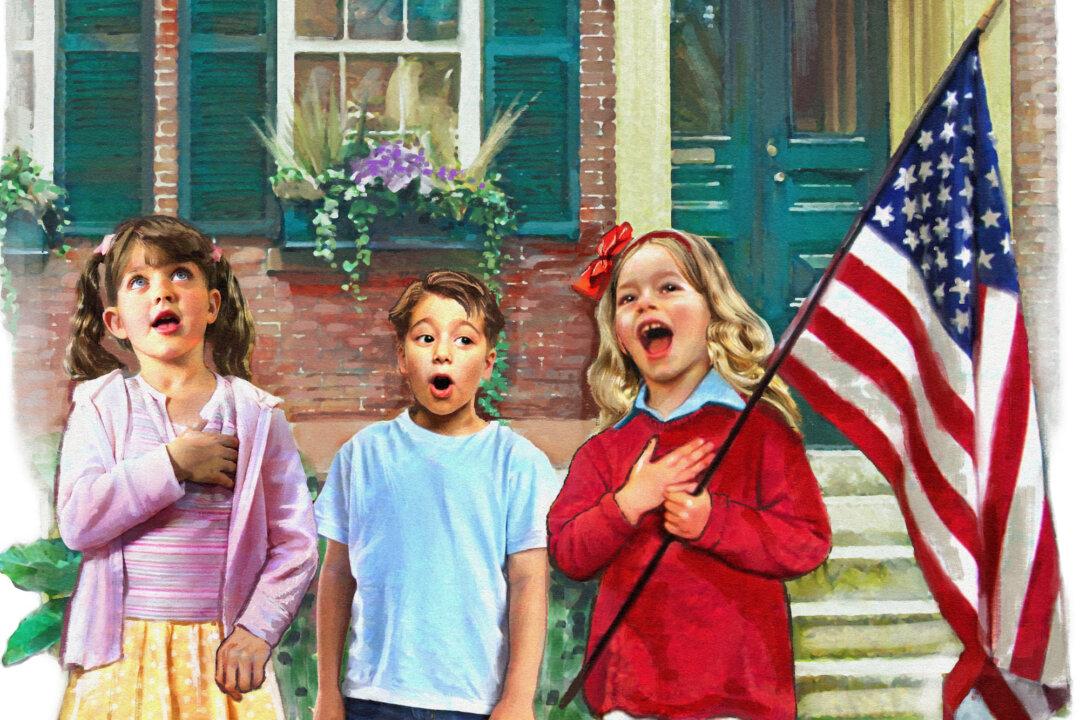Whatever schools our children are attending, the resources for teaching and learning U.S. history have never been more abundant.
Even if not used as the main text, Wilfred McClay’s excellent “Land of Hope: An Invitation to the Great American Story” makes a great addition to any classroom. It now comes with a student workbook, a teacher’s guide, and a two-volume version for younger students. Likewise, public libraries are true treasure troves of histories and biographies for students of all ages, books that enhance textbooks in bringing alive people and events from bygone days.






